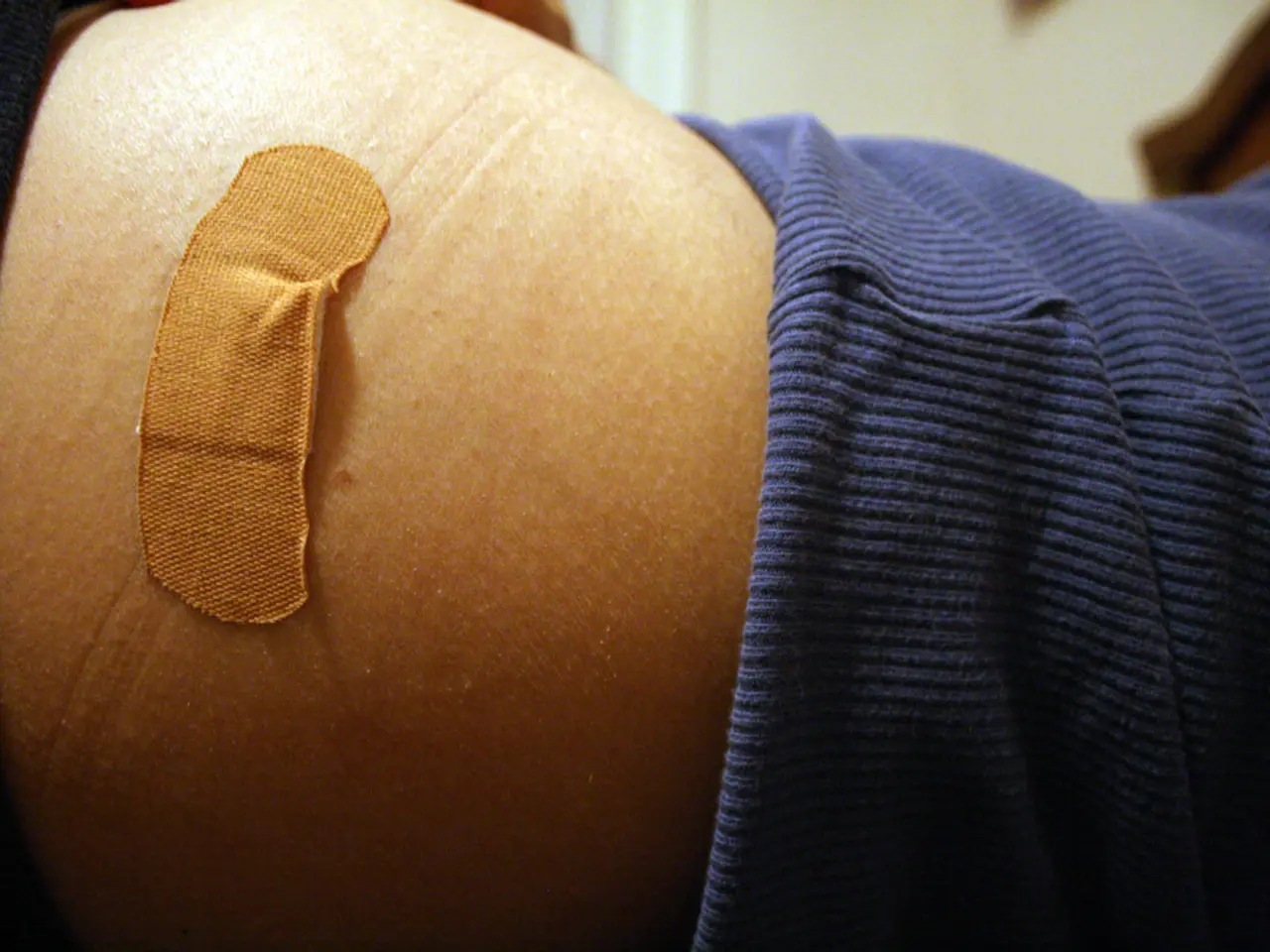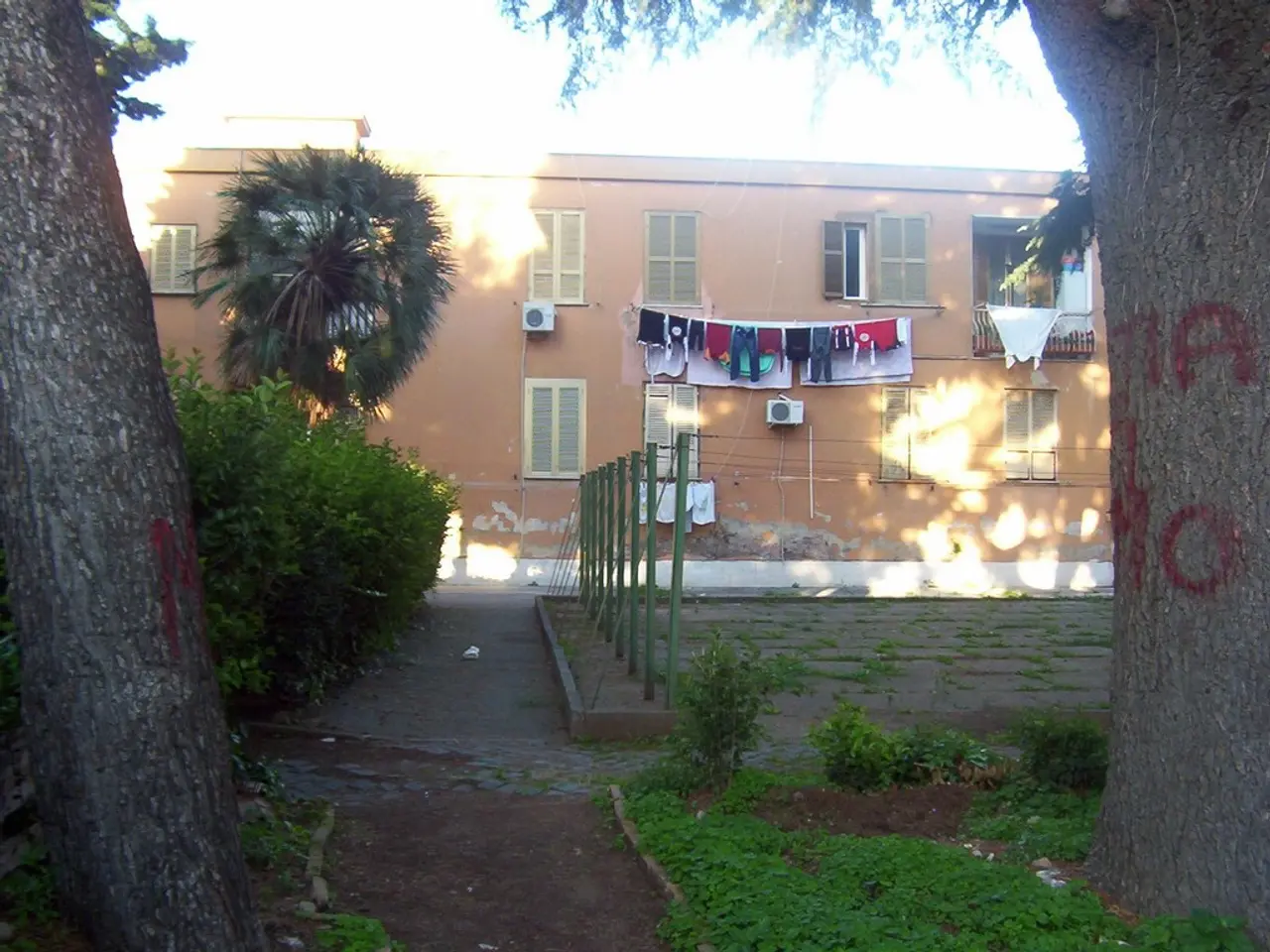Clinical trial results spanning three years verify the safety of the bionic eye in restoring vision.
The Argus II, a groundbreaking retinal prosthesis developed by Second Sight, is transforming the lives of many individuals who have lost their sight due to conditions like retinitis pigmentosa. This innovative device works as a bionic eye, restoring rudimentary vision and thereby enhancing the dignity and autonomy of its users.
The Argus II system comprises an external visual processing unit and an implanted electrode array on the retina. A camera mounted on glasses captures real-time images, which are processed and converted into electrical stimulation patterns. These patterns are transmitted wirelessly to a microelectrode array implanted on the surface of the retina, stimulating the surviving retinal ganglion cells and creating perception of light spots called phosphenes.
While the visual resolution is low and the visual field is narrow, the Argus II enables users to perceive shapes, movement, and light, offering a level of vision that can significantly improve daily activities. Clinical studies have shown varied but generally positive outcomes, with some patients achieving improvements in light perception, visual guidance of hand movements, and the ability to discern large letters or basic shapes.
The Argus II has been successful in a three-year clinical trial, restoring vision in 89% of participants with profound blindness. The device has already been FDA-approved and is recognized as the most clinically advanced retinal prosthesis currently widely used. Despite its limitations, such as continued retinal degeneration and the inherently low resolution of the device, it has made a meaningful difference in the lives of many patients with profound vision loss due to retinitis pigmentosa.
The Argus II borrows heavily from the success of the cochlear implant, but restoring vision is far more complex. Future versions of the Argus II may feature higher electrode counts for increased image clarity, integration with AI-driven object recognition, and cloud-based upgrades to refine how the implant interprets the world.
The Argus II is a symbol of what's possible when neuroscience, engineering, and human resilience come together. Over time, and with training, the brain begins to interpret those patterns as actual images. Dr. Allen C. Ho, lead researcher and ophthalmologist at Wills Eye Hospital in Pennsylvania, stated that the Argus II is a viable treatment option that can make a meaningful difference in the lives of people with retinitis pigmentosa.
The dream of restoring vision for people with retinitis pigmentosa is no longer hypothetical; it's happening now. Wider insurance coverage is sought to make the implant more accessible. The success of the trial leads to the hope for expanded FDA approval for broader use in the U.S. Future studies may make possible expansion of the intended use of the device, including treatment for other diseases and eye injuries.
For many participants, the Argus II has given them the power to engage with the world again. 80% of participants reported improvements to their quality of life, including reading large-print text and navigating unfamiliar spaces with newfound confidence. The era of the bionic eye is here, and the Argus II is leading the way.
- Technology, as demonstrated by the Argus II bionic eye, can significantly improve medical-conditions like retinitis pigmentosa, enhancing the health-and-wellness of individuals by restoring rudimentary eye-health.
- The Argus II, along with advancements in both science and technology, is a shining example of how neurological-disorders can be addressed, offering hope for those with vision loss.
- With the success of the Argus II, the future holds promise for technological developments that can help improve numerous health-and-wellness issues, including eye-health and neurological-disorders.




